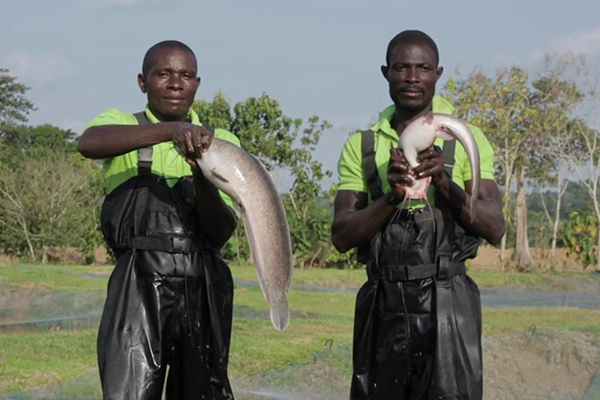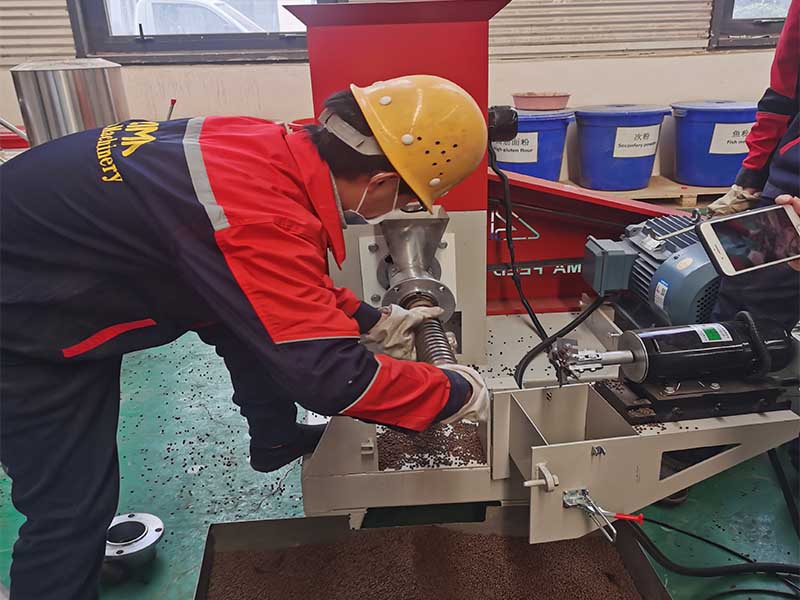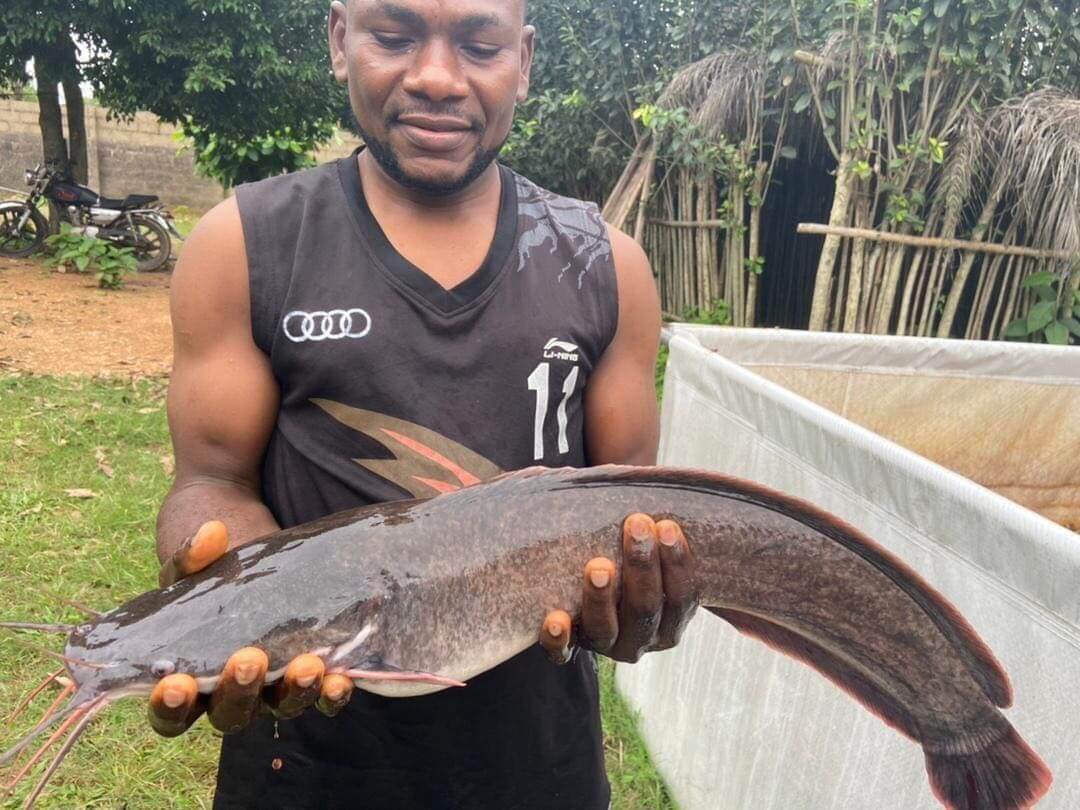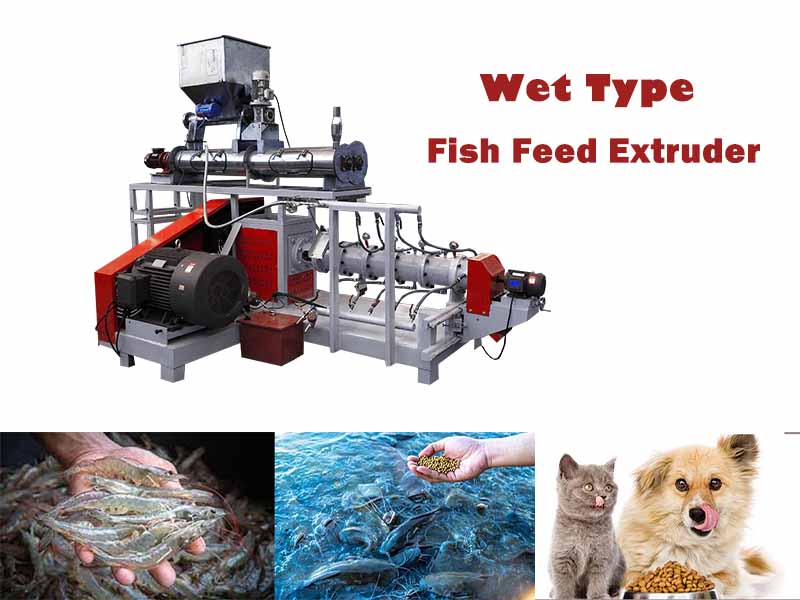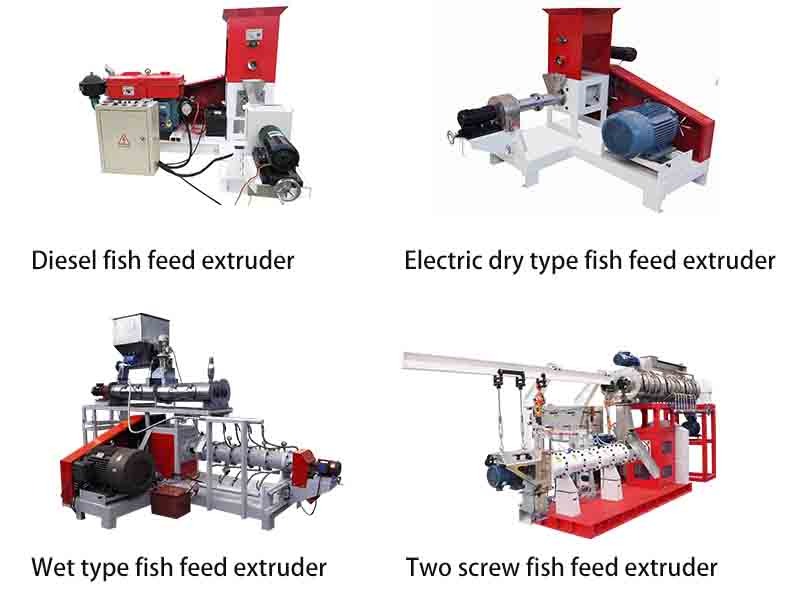How To Start A Tilapia Fish Farm?
1.Basic conditions of the Tilapia fish pond
Choose a good water source, fresh water, no industrial pollution, good soil quality, and convenient transportation to build a pond. The pond area is 3300~13000 square meters, the water depth is 2.5~4 meters, the bottom of the pond is flat, the pond foundation is firm, the water retention performance is good, and there is no ventilation around. Tall block penis. It is best not to build pig pens and three-bird sheds (chicken, duck, and goose sheds) on the pond base. If pig pens and three-bird sheds are indeed built, the animal feces cannot be directly discharged into the fish pond. Appropriate delivery at the right time.
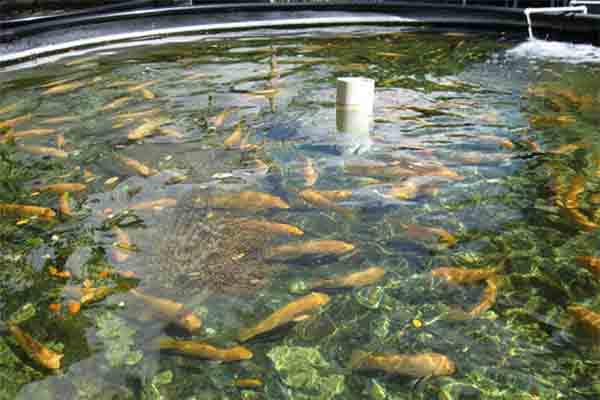
2.Preparation before stocking Tilapia
(1) The whole pond and clear pond. The pond should be drained before stocking, exposed to the sun for more than 1 week, and the pond foundation should be repaired and strengthened during the drying period. Dry the pond and clear the pond with quicklime (225 mg/L), or keep the pond water at 1 meter, use 50 kg of tea bran for 3,300 square meters, and sprinkle the whole pond after breaking and soaking. Do not enter new water within three days after clearing the pond, so as not to affect the effect of clearing the pond.
(2) Fertilize and cultivate water quality. After cleaning the pond, wait for about 7 days, and when the toxicity of the drug disappears, filter the water with a 60-mesh silk screen to a depth of 70-80 cm, apply 300-400 kg of organic fertilizer to 3,300 square meters, and cultivate phytoplankton bait. Gradually add water to 1 meter as the water becomes thicker. After bringing the seedlings into the pond, as the water temperature increases and the fish grow up, gradually add water to the maximum storage depth of the pond.
3.Tilapia Stocking of pond seedlings
(1)Selection of seedlings. Choose tilapia fry with smooth body surface, strong physique, plump fish body, neat size, high male rate, and size about 5 cm in length. After soaking in the solution, put it into the fish pond.
(2)Stocking density. After the pond water is tested for non-toxicity, put tilapia fry according to the principle of 1/cubic meter of water body, and appropriately match 40~50 tails/mu of 50g/tail of bighead carp and 30~40 tails of silver carp of 30g/tail /mu, after the tilapia grows to 100 grams per tail, an appropriate amount of largemouth bass will be reared.
4.Tilapia Feeding management
(1)Equipped with oxygenation facilities. According to the principle of 1 aerator per 16,000 square meters, aeration facilities are equipped to ensure that under high-density breeding conditions, the tilapia cultured will not die from hypoxia and ensure high and stable yields.
(2)Under normal circumstances, feeding floating fish feed pellets. The fish feed produced by the floating fish feed extruder has better gelatinization degree, better stability in water, and is not easy to pollute the water quality. At the same time, the high temperature and high pressure make the fish feed more mature and kill many bacteria, and the fish feed is easier to digest and absorb. The feed is put in twice a day, 9-10 am and 5-6 pm each day. The daily feeding amount of the feed is 3% ~ 4% of the fish body weight
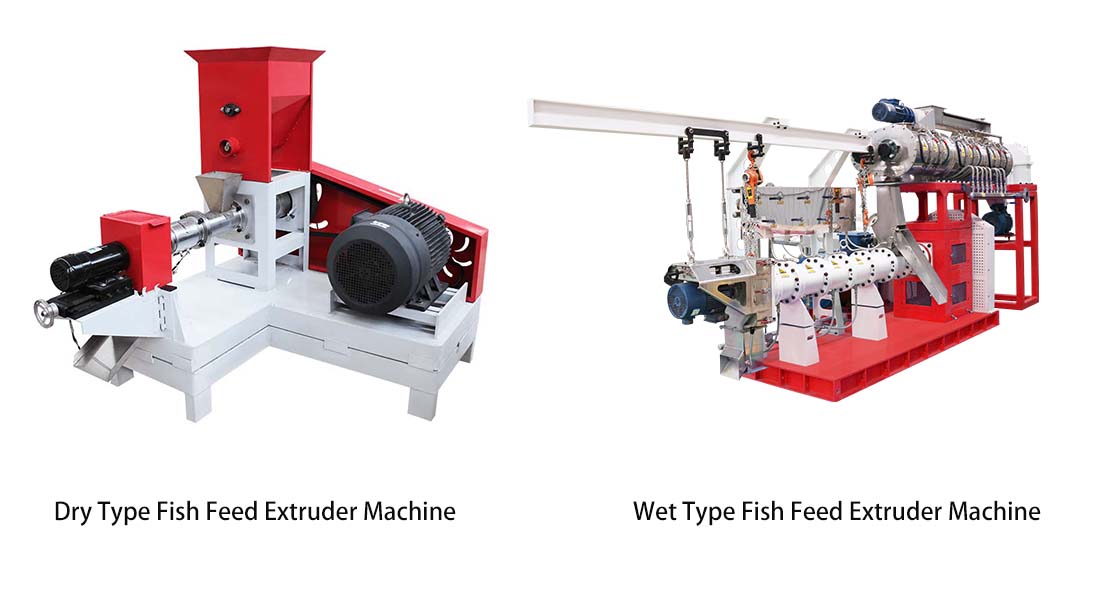
5.Tilapia ponds water quality management
Maintaining good water quality can stimulate the appetite of tilapia, reduce the feed coefficient, and improve the growth rate of fish. In the early stage of breeding, in order to save costs, the use of fertilizer water culture. But in the mid-term, it is necessary to add new water in time to adjust the water quality.
Timely water change, new water filling, and mechanical enhancement are important means of regulating water quality. Therefore, fill the pond with new water every 3 to 4 days, 20 to 30 cm each time. When the water quality deteriorates, change the water as soon as possible, first drain 1/3 to 1/2 of the pond water, and then add new water until the water quality becomes better. The pH value of the pool water can always be kept between 7.5 and 8.5, and the transparency can be maintained at 25 to 30 cm by sprinkling the whole pool with quicklime 10-15 mg/L every once in a while. When adding new water, pay attention to filtering the new water, filter out the wild fish, and prevent other fish from entering the pond to breed and mix. Affect the growth and yield of tilapia.
6.Tilapia Fish disease control
Tilapia are highly disease-resistant, and fish diseases rarely occur. As long as the principle of “prevention first” is adhered to, and the fish ponds are cleaned and the fry are disinfected before putting the fry into the pond, there will be no fish diseases. If there is fish disease, most of it is caused by bacterial infection due to transportation or fishing scratches, especially when it encounters cold temperatures during transportation, it is easy to be infected with saprolegnia after transportation.
Back to List

